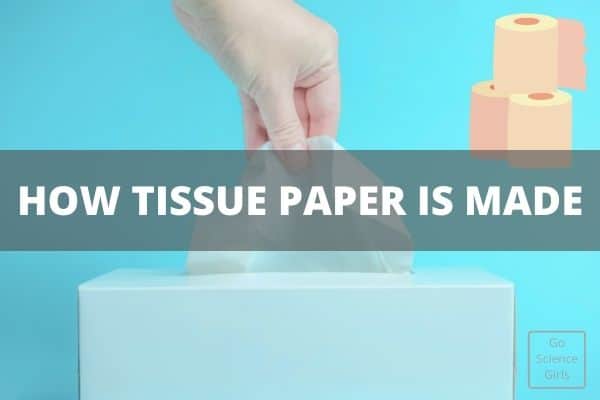What is tissue paper? It is the paper used for hygienic or domestic use, at home and away from home: except toilet paper, there are also kitchen towels, paper napkins, handkerchiefs, tissue papers, and so on, Those are the objects that we use every day almost unconsciously, but we take them for granted. Friends, do you know how they are made?
Here we have a short video of just 10 minutes; an excerpt from the documentary film “How It’s Made: Tissues“.
The video describes the entire production process, from processing to the finished product that arrives on supermarket shelves.
Like all company activities, the production chain must also respect the principles of sustainability that allow us to create shared value, and it does so through.
Watch, How Tissue Paper Is Made:
The Production Process Of Tissue Paper
- From the cellulose warehouse to the loading belts;
The workers bring cellulose bales from the warehouse and place them on the loading belts to be transported to the “pulpers” where the fibers will be processed to create the different types of paper.
- Preparation of the dough in the pulpers;
Long fiber cellulose for giving resistance to the dryers and short fiber for giving softness to toilet paper… in the hot water of the “pulpers” the ideal mixture is obtained which is then made homogeneous and transferred to the paper machine.

- Formation of the parent roll;
The dough is fired onto a canvas, and then ends up on a felt that transports it to a huge cylinder of cast iron or steel (Yankee) which has a temperature of 100° centigrade. Here, the heated air is 450° c blown by the hoods. It dries the sheet which is then rolled up to form the mother coil.
- Control measurement of product terms;
The parent reels are moderated to confirm that they recognize the main physical and technical parameters required for a specific type of use. Random checks are then performed to verify other special needs.
- Rewinder: coupling of several plies;
The “Jumbo Rolls”, that is the mother reels, are born with a single paper web: this machine couples two, three or four according to the specific needs of the product to be made.
- The stock of parent reels;
Reels coming from the rewinder are wrapped with plastic film and labeled. Then moved to the warehouse where they would be preserved until the moment they were used for production, for which they are intended.
- The transformation from mother reel to finished products;
All types of finished products originate from specific transformation lines, also known as converting plants. Here the paper is printed, glued, embossed in relief, perforated and wound on a cardboard core to obtain the raw roll (log) which will then be cut into the desired length.
- Packaging and palletization;
In the packaging area, the products are coated with single packs and then in multiple packs for wholesale. A robot places the packages on pallets for shipping, while wrapping and labeling finish the making process.
- Finished products warehouse;
Finally, the staff pick up the labeled pallets with the use of forklifts and store them in the warehouse, where the paper is ready to be delivered to the final customer.
Interesting To Know
- About 30,000 trees are cut down every day to create the scrolls. Each roll is made up of 333 sheets on average. We use about 8.6 toilet papers every time we go to the lavatory.
- Before paper, in addition to a scraping stick, people also used: hay, corn on the cob, sticks, stones, sand, moss, hemp, wool, shells, fruit peels, ferns, sponges, shells and ceramic scrap;
- Even the astronauts use ordinary toilet paper. Then after, they seal them and compress in special boxes.
- The US pays a 6 cent toilet paper tax introduced by Clinton in 1996.
- Toilet paper originated in China and was first marketed in the US by Joseph Gayetty in 1957, it was not yet famous. The first rolls marketed were by the Scott company, which however had to face difficulties in advertising. The obstacles were because the toilet paper was still a taboo given its usefulness. This was the case until 1900, the year in which the hygiene issue was cleared more through customs;
- Up until 1930, it was possible to find wood chips in toilet paper. From then on, the Northern Tissue company began producing paper without any more splinters.
- In hotels, it is customary to fold the final edge of the roll to give a more elegant look, make the socket easier and make it clear that the bathroom has been cleaned. Stephen Gill spent 3-years, for photographing these folds, then collecting them in a book entitled Anonymous Origami, in which he shows all the shapes he encountered.
- The whiteness of the toilet paper is given by the bleach used as a whitener. The production process needs gallons of water and energy. It is also very polluting.
The manufacturer of tissue paper requires a lot of energy and natural resources that must be controlled at all costs.
For several years, companies have become aware of these problems, find solutions, and adhere to several standards to limit the impact on the environment.
This control requires correct knowledge of the risks over the entire life of the product, for responsible products that are more respectful of the environment.
Resources
- How Tissue Paper Is Made
- Tissue paper Wikipedia
